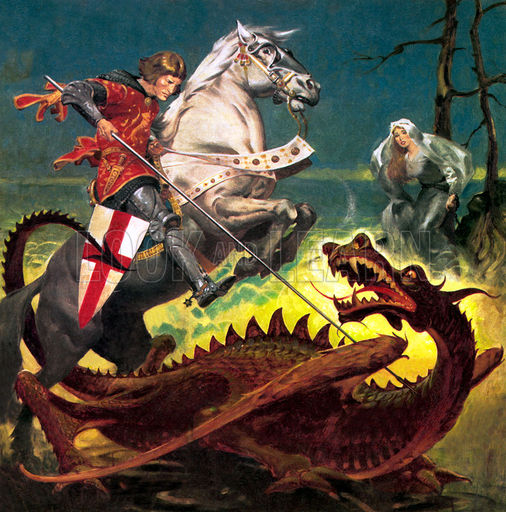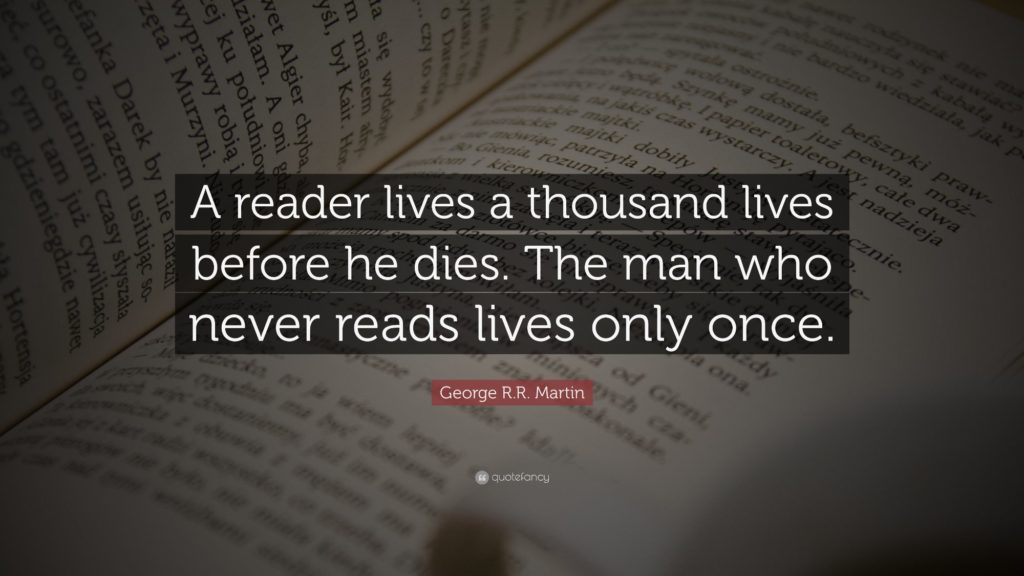In the first part of our series on Leadership, we looked at the leadership lessons we could learn from military historian Douglas Southall Freeman.
Freeman counseled to: 1) know your stuff; 2) be a man; and 3) look after your people. In the second part, we encouraged aspiring leaders to imitate the wise by learning leadership lessons from history, and perhaps even picking a historical leader to emulate. Our basic argument was that the best leadership lessons are often learned observationally — by observing others in action, even if those we are ‘observing’ are long dead.
In this installment, we again learn by observing leaders — with a twist. Our leaders exist originally only in the mind of an author and are then incarnated in the imagination of his or her readers. We suggest that there are excellent leadership lessons to be learned from fiction. Further, we suggest that these leadership lessons began when you were a wee lad or lass and your mother read you fairy tales by the fire.
I argued in the last installment that there were different styles of leaders, each effective in his or her own way. In this part, I argue that those styles share at least one thing in common: good leaders inspire. Furthermore, I suggest that leaders that inspire others are generally those that are themselves inspired. Finally, that there are few better ways of being inspired than reading good literature.
How did your inspiration start as a boy or girl by the fireplace? Consider one of the most enduring legends of all time: that of St. George and the Dragon. While St. George himself is an historical Christian martyr of the 3rd century, the first accounts of him slaying a dragon appear in the 10th or 11th century. Most of us are at least somewhat familiar with the legend. According to Wikipedia:
“The town had a small lake with a plague-bearing dragon living in it and poisoning the countryside. To appease the dragon, the people of Silene fed it two sheep every day. When they ran out of sheep they started feeding it their children, chosen by lottery. One time the lot fell on the king’s daughter. The king, in his grief, told the people they could have all his gold and silver and half of his kingdom if his daughter were spared; the people refused. The daughter was sent out to the lake, dressed as a bride, to be fed to the dragon.
Saint George by chance rode past the lake. The princess tried to send him away, but he vowed to remain. The dragon emerged from the lake while they were conversing. Saint George made the Sign of the Cross and charged it on horseback, seriously wounding it with his lance. He then called to the princess to throw him her girdle, and he put it around the dragon’s neck. When she did so, the dragon followed the girl like a meek beast on a leash. The princess and Saint George led the dragon back to the city of Silene, where it terrified the populace. Saint George offered to kill the dragon if they consented to become Christians and be baptized. Fifteen thousand men including the king of Silene converted to Christianity. George then killed the dragon, and the body was carted out of the city on four ox-carts. The king built a church to the Blessed Virgin Mary and Saint George on the site where the dragon died and a spring flowed from its altar with water that cured all disease.”

Few, I presume, suppose that this legend is true. The mere trifle of its actual historicity, though, has little bearing on whether or not we are inspired by the tale. According to author Neil Gaiman (who was famously and inadvertently misquoting G.K. Chesterton), fairy tales aren’t untrue. They are more than true:
“Fairy tales are more than true — not because they tell us dragons exist, but because they tell us dragons can be beaten.”
And this is our leadership lesson for today. Inspirational leaders believe that dragons can be beaten, and are able to convince those under their sphere of influence that they should gird up and join them in the fight.
Likely, your childhood leadership lessons didn’t cease with St. George and the Dragon. Beyond the fairy tales you were told as a toddler, you read books that began your training as a future leader. In your imagination, you became Max, the young boy whose sense of adventure led him to be king of the Wild Things. As your reading skills increased, you graduated to Narnia, where your best instincts told you that Edmund’s betrayal of his siblings would lead to disastrous consequences for the fictional kingdom. Whether realizing it or not, you learned a leadership lesson: loyalty flows to those who are themselves loyal. Finally, if you had any sense at all, you explored Middle Earth, where you observed Frodo the hobbit and his friends grow from farmers of the Shire into warriors capable of ruling it upon their return from adventure; and the ranger, Strider, transform progressively into Aragorn, king of Gondor. You learned that leaders aren’t necessarily born, they are made in trials by fire.

Now that you are full-grown adults, do not cease to be inspired by great stories. The possibilities really are endless. You need not learn a “leadership lesson” from the book to become a better leader. You need only be inspired to become a more inspiring person yourself. Read the book to stir the flames of passion to chase your dreams and become a dream-chaser others want to follow. Are there great leadership lessons to learn from the Odyssey? Perhaps, but they’re certainly not central, as much of Odysseus’ journey is taken alone. But… can we not be inspired by the journey itself? By longing for home, longing for Penelope, resisting the temptations of the Sirens, navigating “between Scylla and Charybdis,” and/or deceiving Polyphemus the cyclops? If this sounds ridiculous to you, remember that most of our founding fathers were steeped in the classics. If you’re not inspired by Homer, ponder that Patrick Henry (“Give me liberty or give me death!”) was. I promise you that he wasn’t inspired to defy the king and utter that line by reading the latest book on leadership from the ‘business’ section of Barnes & Noble.
So, while we promote STEM and devalue literature in our education system, consider that our age is in dire need of inspirational leaders. Men and women are inspired by timeless things — religion, warfare and battle, adventures. And great stories. One of the 20th century’s most profound thinkers, C.S. Lewis, in his excellent book, The Abolition of Man, decried the focus on science and especially it’s use (i.e., misuse) to debunk objective value and natural law. “Such is the tragi-comedy of our situation — we continue to clamor for those very qualities we are rendering impossible. You can hardly open a periodical without coming across the statement that what our civilization needs is more ‘drive,’ or dynamism, or self-sacrifice, or ‘creativity.’ In a sort of ghastly simplicity, we remove the organ and demand the function. We make men without chests and expect of them virtue and enterprise. We laugh at honor and are shocked to find traitors in our midst. We castrate and bid the geldings be fruitful.”
Don’t be a gelding. Read great literature. If you’re an aspiring leader, become an inspired leader.


